Deciding on your next adventure spot can be tough. Zion National Park is a wonder in Utah. This blog will show you the best parts of Zion, from hiking to star gazing. Get ready for an amazing journey!
Key Takeaways
- Zion National Park in Utah offers adventures like hiking Angels Landing, exploring Emerald Pools, and canyoneering.
- The park is famous for its dark sky stargazing, with guided night tours available to see stars and galaxies.
- Visitors can learn about the park through guided tours that cover its geology, history, and wildlife.
- Zion’s unique landscape features sandstone cliffs and slot canyons at the meeting point of the Mojave Desert, Colorado Plateau, and Great Basin ecosystems.
- Wildlife in Zion includes mule deer, bighorn sheep, and the endangered California condor among over 1000 plant species.
Best Activities in Zion National Park
Discover iconic trails like Angels Landing and Emerald Pools. Take on adventures in canyoneering and climbing, or immerse into the dark sky stargazing experience. Engage in guided tours for a deeper exploration of this unique natural wonderland.
Hiking iconic trails like Angels Landing and Emerald Pools
Hiking Angels Landing in Zion National Park is an adventure. It’s known for its steep climbs and narrow paths. The trail ends with stunning views of Zion Canyon. This makes it a must-do for brave hikers.
The Emerald Pools trail offers something different. It’s easier and takes you past waterfalls and beautiful pools of water, colored green by algae. Families often choose this hike because it lets them see the park’s beauty without too much strain.
Canyoneering and climbing adventures
Zion National Park offers thrilling canyoneering and climbing adventures. You can explore slot canyons, rappel down sandstone cliffs, or climb towering rock formations. The park has many routes for beginners and experts.
People come from all over to try these activities.
Climbers enjoy the challenge of Zion’s unique rock faces. They use gear and skills to go up high vertical walls. Canyoneers navigate through narrow slots, using ropes to move safely.
These adventures let you see parts of Zion that many do not.
Dark sky stargazing experiences
Zion National Park offers amazing dark sky stargazing experiences. The park is far from city lights, making it a perfect spot to see stars. On clear nights, you can view thousands of stars with your naked eye.
Sometimes, you might even catch a shooting star or the Milky Way.
Guides in the park offer night tours. They use telescopes to show planets and galaxies far away. These tours are great for anyone interested in astronomy or just looking for a unique night out under the stars.
Guided tours for deeper exploration
Transitioning from stargazing under Zion’s dark sky, you can deepen your park experience with guided tours. Experienced guides lead you through hidden gems and share insights about the park’s geology, history, and wildlife.
These tours offer in-depth explorations of iconic trails like Angels Landing and Emerald Pools, providing a richer understanding of these natural wonders. You can also opt for specialized excursions such as canyoneering adventures or climbing experiences to further immerse yourself in Zion’s unique landscape.
Whether it’s the geological formations or diverse ecosystems that pique your interest, guided tours open up avenues for a more profound connection with Zion National Park.
Exploring Zion’s Unique Geography and Geology
Discover the dramatic sandstone cliffs and intricate slot canyons that make Zion National Park a geological wonderland. Immerse yourself in the intersection of diverse ecosystems, where the Mojave Desert meets the Colorado Plateau and Great Basin.
Intrigued? Keep reading for more fascinating insights into Zion’s captivating geography and geology!
Sandstone cliffs and slot canyons
Zion National Park is famous for its striking sandstone cliffs and intricate slot canyons. These unique geological formations were shaped over millions of years by the erosive forces of wind and water, resulting in breathtaking narrow passages and towering walls that attract hikers, climbers, and photographers from around the world.
The park’s most iconic sandstone cliffs include the majestic red rock formations that line Zion Canyon, providing a stunning backdrop for outdoor adventures and exploration. In addition to these dramatic cliffs, Zion features an array of slot canyons like The Narrows, where visitors can meander through narrow pathways carved by the Virgin River, creating a truly mesmerizing experience.
The sheer size and scale of these sandstone cliffs are awe-inspiring as they rise hundreds of feet into the air with vibrant hues ranging from deep crimson to golden ochre. Meanwhile, the slot canyons offer a completely different kind of adventure as visitors navigate through narrow passageways with smooth curves and unexpected twists, making each journey a thrilling exploration of nature’s artwork.
Together, these natural wonders make Zion National Park an unparalleled destination for those seeking to immerse themselves in captivating geology while embracing exciting outdoor activities amidst stunning surroundings.
Intersection of Mojave Desert, Colorado Plateau, and Great Basin ecosystems
Zion National Park sits at the meeting point of the Mojave Desert, Colorado Plateau, and Great Basin ecosystems. This unique convergence creates a diverse landscape with a wide variety of plants and animals.
The park’s location allows visitors to experience different environments within a relatively small area, from desert lowlands to high plateaus, providing an exceptional opportunity to witness the ecological diversity of these distinct regions in one place.
This intersection makes Zion National Park an especially rich environment for exploring nature and observing how different ecosystems interact. It’s like being in three different places at once – each with its own characteristics and life forms.
Wildlife and Biodiversity in Zion
Zion National Park is home to diverse native plants and vibrant wildflowers, while elusive wildlife like bighorn sheep, mule deer, and the endangered California condor can be observed.
Discover the rich biodiversity that thrives within this stunning landscape.
Native plants and wildflowers
Zion National Park is home to a diverse range of native plants and wildflowers, adding vibrant colors to its natural landscape. You can spot over 1000 plant species here, including the iconic desert bighorn sheep, Indian paintbrushes, and prickly pear cacti.
The park’s unique location at the intersection of the Mojave Desert, Colorado Plateau, and Great Basin ecosystems contributes to its rich biodiversity with an array of blooming wildflowers like globemallow and penstemon during different seasons.
The park’s flora provides critical habitats for various wildlife species like mule deer and California condors while contributing to Zion’s fascinating ecological tapestry. Whether you’re an avid botanist or simply appreciate nature’s beauty, taking in these native plants and wildflowers is an essential part of any Zion National Park visit.
Common wildlife species to spot
Zion National Park is home to diverse wildlife, including mule deer, bighorn sheep, and rock squirrels. Birdwatchers can spot golden eagles soaring above the towering red cliffs while listening to the calls of peregrine falcons.
Keep an eye out for hummingbirds flitting among the native wildflowers, adding a splash of color to the park’s natural beauty.
The park’s varied ecosystems support a rich array of wildlife, making every hike an opportunity for animal encounters. From elusive mountain lions to small creatures like desert cottontails and kangaroo rats, Zion teems with fascinating fauna waiting to be discovered.
Next up: Lodging and Dining in Zion National Park
Lodging and Dining in Zion National Park
Experience the charm of Zion National Park by staying at the exquisite Zion National Park Lodge and exploring diverse dining options such as Red Rock Grill and Castle Dome Café. For more details on lodging, dining, and local experiences in this hidden gem, dive into our blog.
Zion National Park Lodge and cabins
Zion National Park offers comfortable lodging at Zion Lodge and cozy cabins for a relaxing stay after your adventure-filled days. The lodge sits in the heart of the park, offering easy access to iconic trails like Angels Landing and Emerald Pools.
With a rustic touch, the cabins provide a peaceful retreat nestled amidst stunning natural surroundings. Whether you choose to stay at the lodge or in a cabin, you’ll be close to dining options such as Red Rock Grill and Castle Dome Café for delicious meals.
Plan your next outing with ease as we delve into the best times to visit Zion National Park from our travel tips section that follows.
Dining options: Red Rock Grill, Castle Dome Café, and more
When it comes to dining in Zion National Park, visitors have a variety of options to choose from. Among the popular choices are:
- Red Rock Grill – Offering a diverse menu with locally sourced ingredients, this restaurant provides a scenic setting for enjoying meals after a day of exploring the park.
- Castle Dome Café – This casual spot is perfect for grabbing quick bites, refreshing beverages, and snacks to keep energy levels up during adventures in Zion.
After experiencing the breathtaking views and activities in Zion National Park, satisfying your hunger at one of these dining spots will complete your memorable visit.
Best Times to Visit Zion National Park
Spring and fall offer pleasant temperatures for outdoor activities, while summer can be hot, and winter brings colder weather. Discover the best times to experience Zion’s natural beauty.
Seasonal highlights and weather considerations
Zion National Park experiences four distinct seasons. Spring, from March to May, offers pleasant temperatures and wildflower blooms, but it can be crowded. Summer, from June to August, is hot with temperatures often exceeding 100°F and occasional thunderstorms.
Fall arrives in September through November with cooler temperatures ideal for hiking and fewer crowds. Winter brings colder weather with some trails inaccessible due to snow and ice.
It’s essential to check the weather forecast before visiting as conditions can change rapidly.
The park’s elevation ranges from 3,666 feet at Coal Pits Wash to almost 8,726 feet at Horse Ranch Mountain, leading to variations in temperature throughout the park. Daytime highs during summer range between 90-100°F in Zion Canyon but are cooler as you gain elevation.
Nighttime lows only drop into the 60s-70s°F near Zion Canyon but will be significantly lower at higher elevations like those found on Angels Landing or The Narrows hike.
Tips for avoiding peak tourist crowds
To avoid the crowds at Zion National Park, follow these tips:
- Visit during off-peak times like early spring or late fall when the weather is still pleasant, and there are fewer tourists.
- Opt for early morning or late afternoon visits to popular attractions like Angels Landing and Emerald Pools to avoid the midday rush.
- Explore lesser-known trails and viewpoints, such as Kolob Canyons, to experience the park’s beauty away from the heavily trafficked areas.
- Consider staying at lodges or camping within the park boundaries to enjoy its serene atmosphere after most day-trippers have left.
These strategies will help you make the most of your visit without feeling overwhelmed by crowds.
Essential Travel Tips for Zion
Prepare well for Zion with essential travel tips covering transportation, getting around the park, and obtaining permits for activities. Discover how to make your Zion adventure seamless.
Ready? Let’s dive in!
Transportation and getting around
Zion National Park has a shuttle system that’s really convenient for getting around. The shuttle runs through Zion Canyon and allows you to access trailheads, scenic spots, and the visitor center without worrying about parking.
During peak seasons (March to November), private vehicles are not allowed in certain areas of the park because of traffic congestion, so the shuttle is your best bet. If you’re staying outside the park, Springdale town offers free shuttle services that connect with the Zion shuttle system, making it easy to get in and out.
For hiking and exploring beyond Zion Canyon, having your own car can be handy. There are shuttles from nearby towns like Springdale but having a car gives more flexibility for driving along scenic drives or visiting other national parks nearby like Bryce Canyon or Grand Canyon which definitely worth checking out as part of your trip!
Permits and reservations for popular activities
When planning your visit to Zion National Park, it’s important to know that some activities require permits or reservations. For example, iconic hikes like Angels Landing and the Zion Narrows wading hike can get crowded.
The park limits the number of hikers on these trails to protect the natural environment. So, make sure you secure permits in advance if you plan to do these popular hikes.
Additionally, for canyoneering adventures and climbing experiences, a permit is also required due to safety regulations and environmental protection measures. Keep in mind that spots for guided tours might fill up fast during peak seasons as well, so consider booking ahead of time.
Must-See Scenic Spots in Zion
Experience the breathtaking Zion Canyon Scenic Drive, meandering through towering sandstone cliffs and offering stunning vistas at every turn. Be captivated by the otherworldly beauty of The Narrows and be prepared to be amazed by the panoramic views from Kolob Canyons viewpoints.
Want more details? Keep reading!
Zion Canyon Scenic Drive
Zion Canyon Scenic Drive offers breathtaking views of the red cliffs, lush forests, and the Virgin River. The 6-mile road leads to numerous trailheads and viewpoints including the Court of the Patriarchs, which honors early pioneers in Zion National Park.
This scenic drive provides an excellent introduction to the park’s stunning beauty and is easily accessible for all visitors. Keep your eyes open for wildlife sightings as you journey through this iconic landscape.
As part of a larger loop that includes Highway 9, this drive showcases some of Zion’s most notable features like Weeping Rock and Big Bend. The towering sandstone formations create a dramatic backdrop along the entire route.
Don’t forget to stop at the numerous pullouts to capture awe-inspiring photos or simply appreciate nature’s grandeur firsthand!
The Narrows and Kolob Canyons viewpoints
The Narrows and Kolob Canyons in Zion National Park offer breathtaking views of towering red cliffs and unique rock formations. The Narrows is a world-famous slot canyon where you can hike through the Virgin River, surrounded by walls soaring up to 1,000 feet.
It’s an otherworldly experience as you wade through the water.
Kolob Canyons provides panoramic vistas with its five finger canyons, including the famous Kolob Arch, one of the largest natural arches in the world. This area is known for its stunning overlooks and diverse hiking trails that cater to different skill levels.
These viewpoints are a must-visit for any nature enthusiast looking to witness the awe-inspiring beauty of Zion National Park.
Conclusion
Zion National Park is a nature lover’s paradise in Southwest Utah. It offers iconic trails like Angels Landing and Emerald Pools for breathtaking hikes. The park’s unique geography includes sandstone cliffs, slot canyons, and diverse ecosystems.
Visitors can look forward to spotting native plants, wildflowers, and an array of wildlife species. When visiting Zion, exploring the scenic spots such as Zion Canyon Scenic Drive and Kolob Canyons viewpoints is a must for an unforgettable experience.
Whether indulging in stargazing or embarking on thrilling adventures, Zion National Park promises an unforgettable vacation filled with natural wonders and discoveries.
FAQs
1. What is Zion National Park?
Zion National Park is a stunning natural area in Utah, known for its beautiful canyons, towering cliffs, and diverse wildlife. It attracts many visitors each year who come to hike and explore.
2. How do I get to Zion National Park?
You can reach Zion National Park by car, as it’s near major highways like Interstate 15. The closest town is Springdale, which has easy access to the park entrance.
3. What activities can I do at Zion National Park?
At Zion, you can hike famous trails like Angels Landing or The Narrows. You can also enjoy rock climbing, bird watching, and taking photographs of the breathtaking scenery.
4. When is the best time to visit Zion National Park?
The best time to visit is during spring or fall when temperatures are mild and crowds are smaller. Summer can be very hot while winter offers a quieter experience with possible snow on the trails.
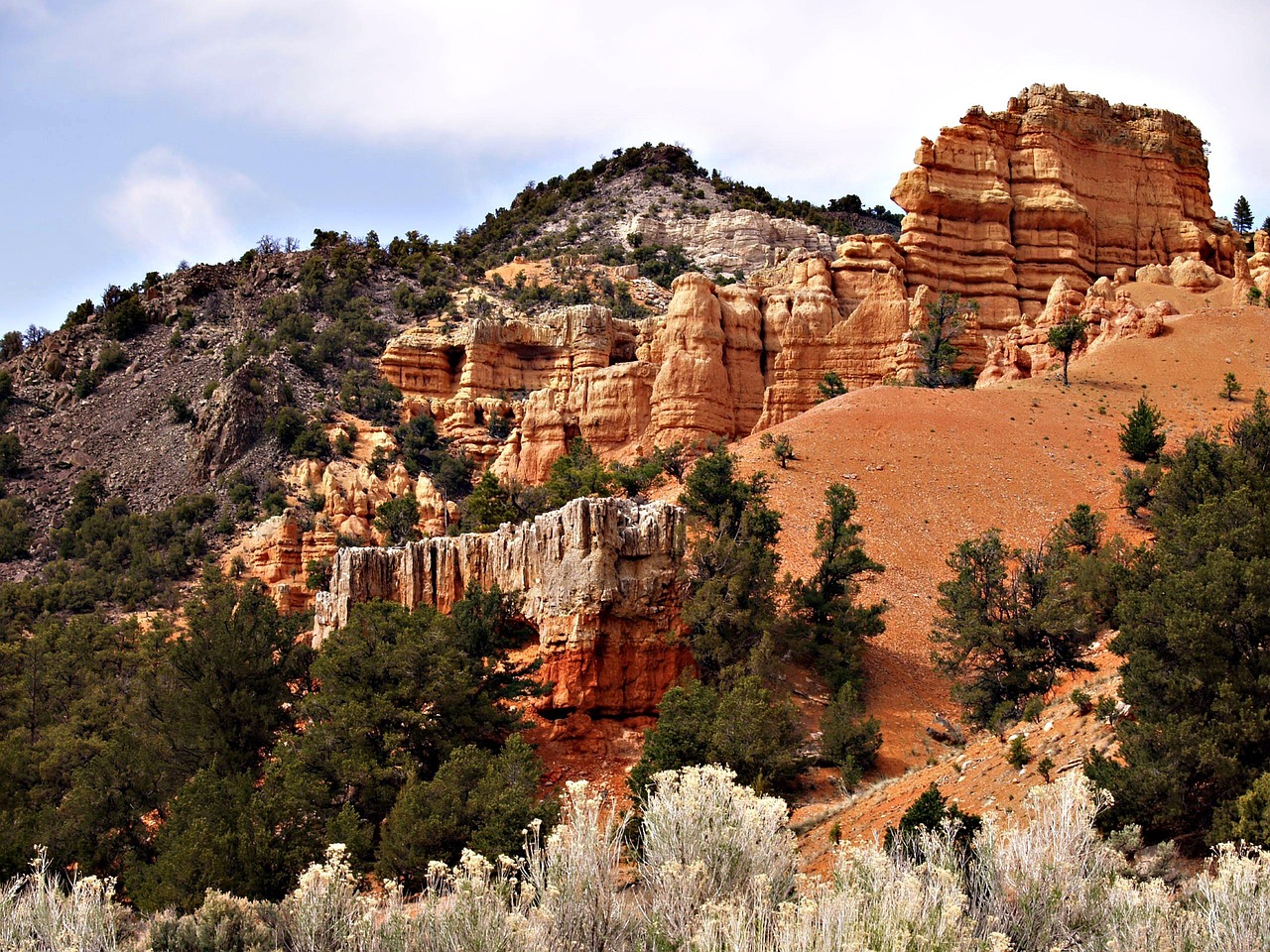

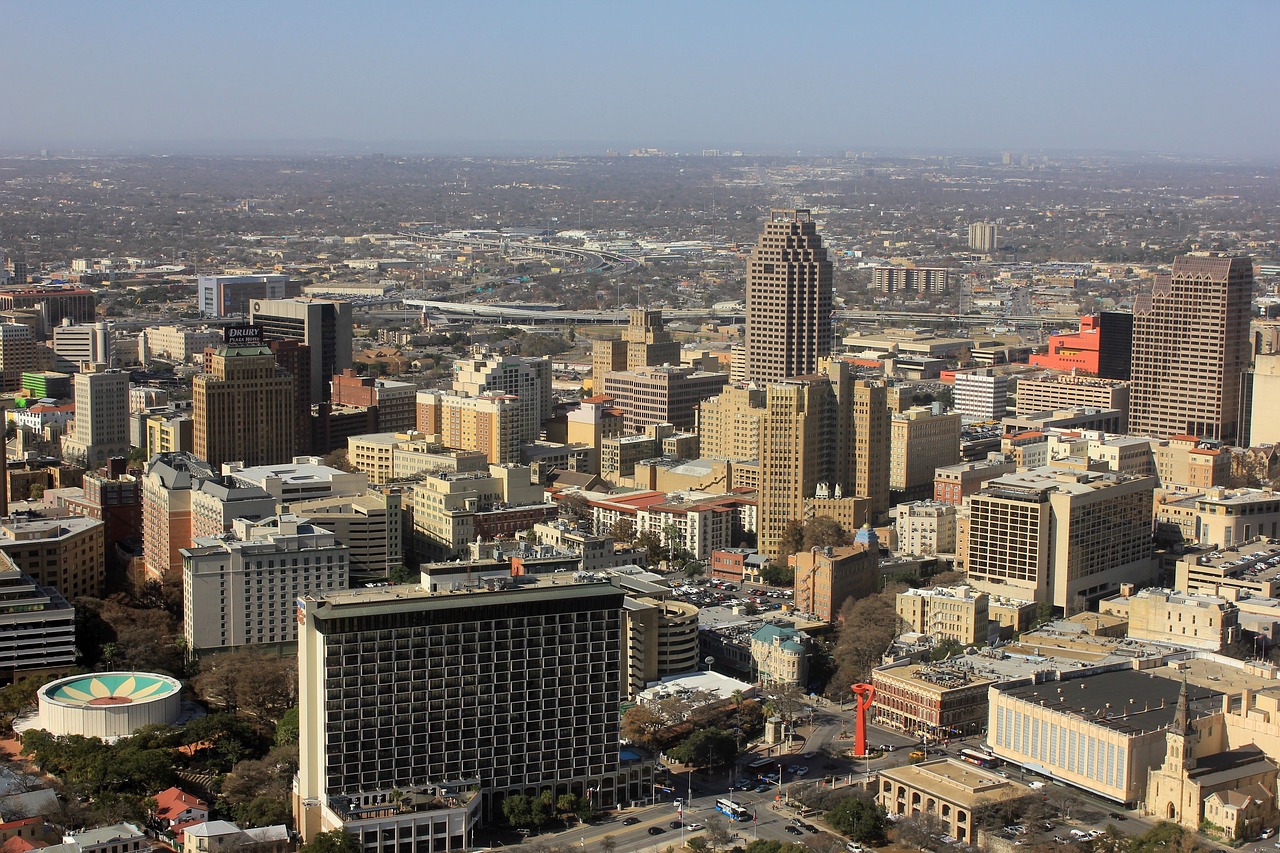
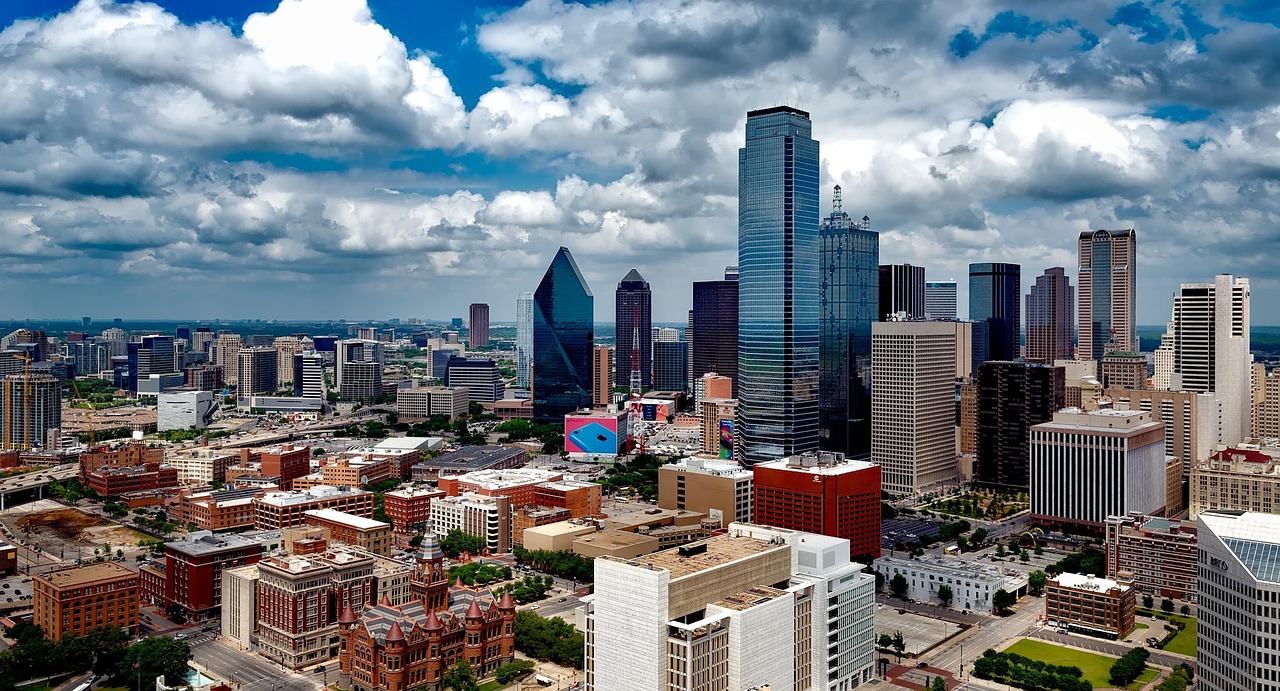
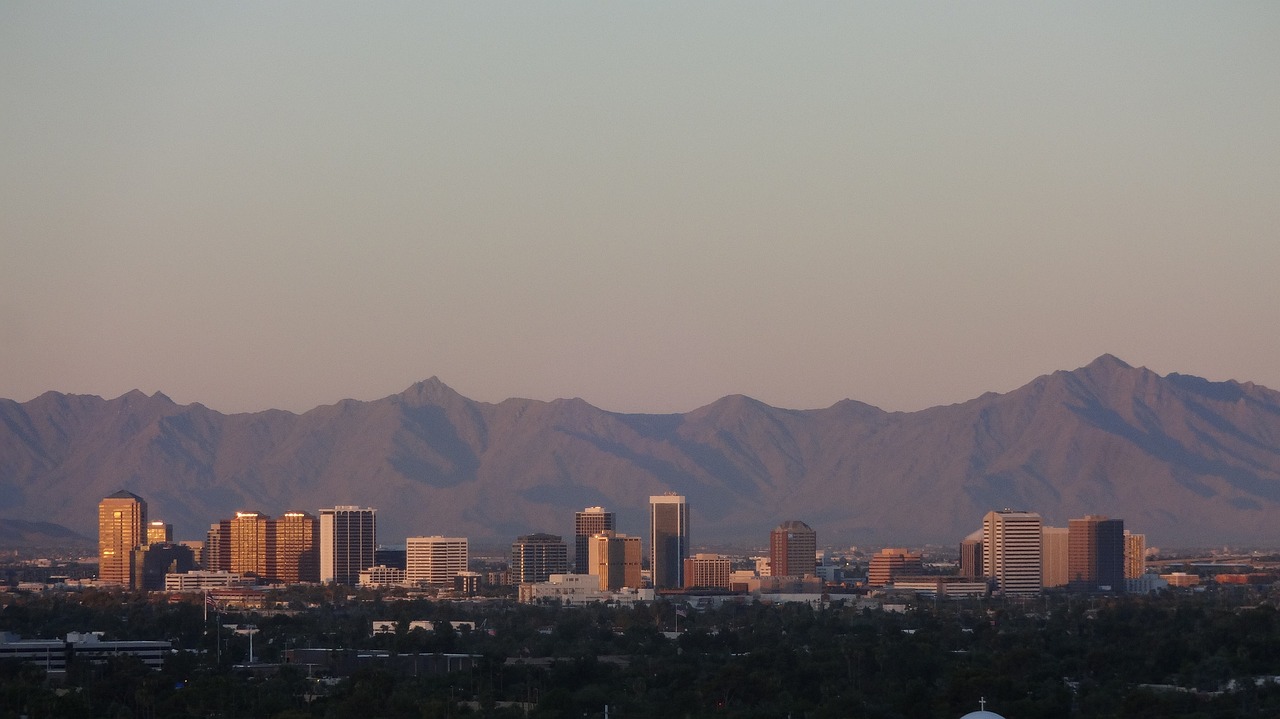

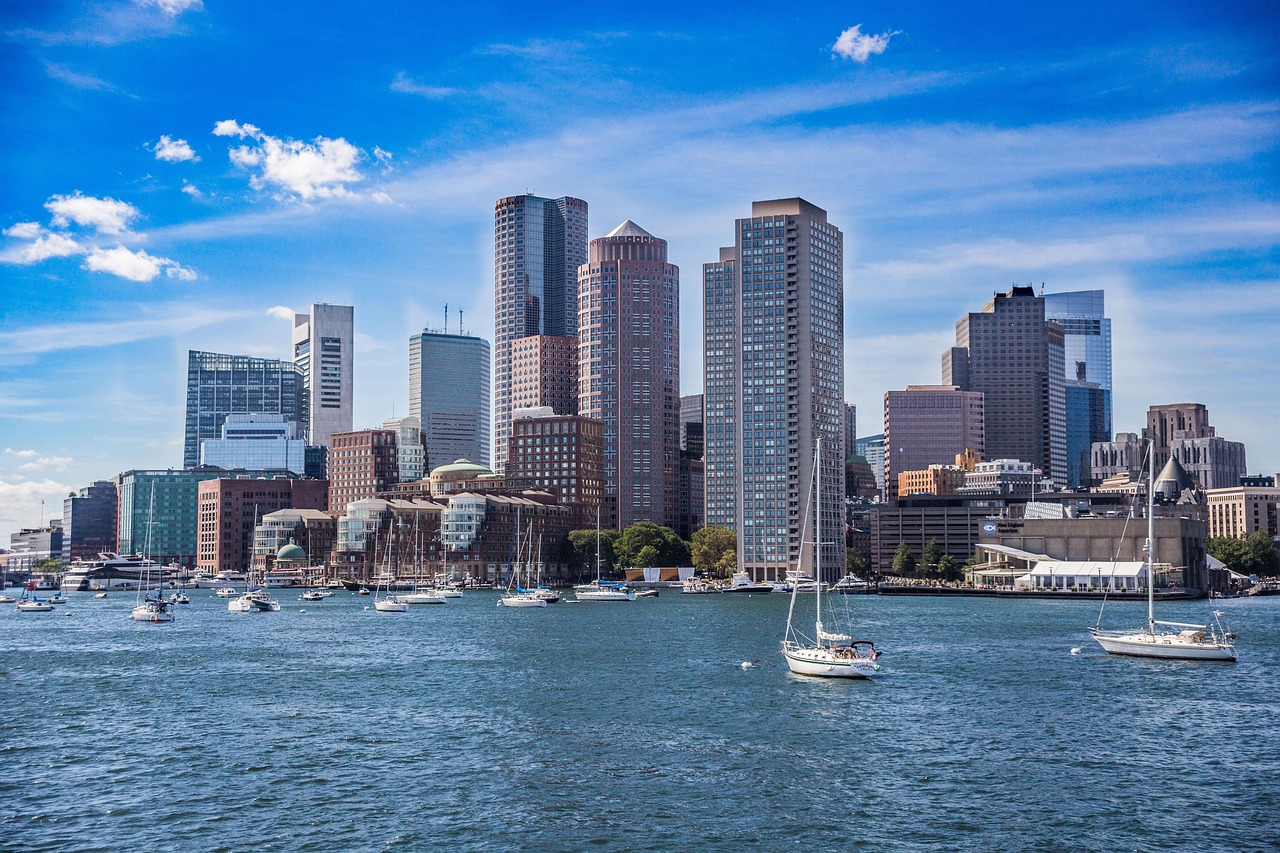
Leave a Reply